Kerala Achieves Extreme Poverty-Free Status Through Transparent, Long Process: Minister Rajesh
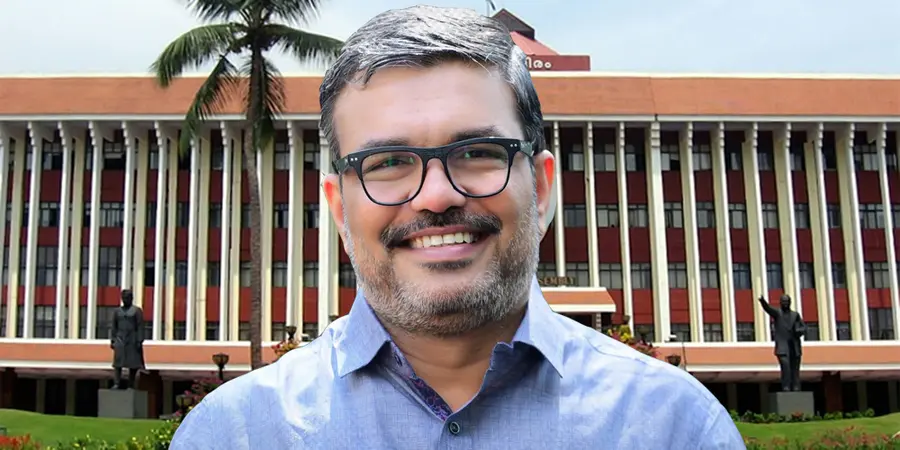
Thiruvananthapuram: Kerala has officially been declared free from extreme poverty, a milestone achieved through a long, transparent, and participatory process, Local Self-Government Minister M. B. Rajesh said on Friday. Speaking to reporters ahead of the announcement, he noted that the state’s Extreme Poverty Eradication Programme (EPEP) involved detailed micro-level projects across Kerala.
Minister Rajesh said he had received queries from experts seeking clarification on how Kerala achieved the status. “It is not as if we suddenly decided one fine morning to announce that Kerala is free from extreme poverty,” he said, emphasizing that the accomplishment was the result of coordinated efforts transcending political lines, with contributions from local bodies under both LDF and UDF administrations.
According to the government’s guidelines, extreme poverty was defined as the condition of families deprived of basic needs such as food, shelter, clothing, healthcare, and a minimum income. Individuals without identity documents like Aadhaar or ration cards, and those excluded from welfare schemes, were also considered under this category. “The project aimed to support those struggling to survive without access to basic services or essential identification documents,” he added.
The programme was first discussed in the initial Cabinet meeting after the LDF government took office in 2021. A 19-page guideline was issued on July 16, 2021, and over four lakh people—including elected representatives, Kudumbashree members, social workers, and local body officials—were trained across the state for its implementation. In the first phase, 1,18,309 families were identified. After 56,964 focus group discussions conducted by expert teams, the list was narrowed down to 87,158 families. Following detailed field verification and gram sabha discussions, 64,006 families were finally classified under extreme poverty.
Local self-government institutions played a central role, forming multi-level committees of elected representatives, Kudumbashree members, ASHA and Anganwadi workers, MGNREGS staff, and social activists to ensure transparency and credibility. Each family received a personalized micro plan addressing the specific causes of their poverty and outlining targeted interventions—a model implemented for the first time in India.
Under the programme, 4,677 families received new houses, 2,013 houses were renovated, 4,394 families received livelihood support, 21,263 people were issued ID documents, 20,648 received food assistance, 85,721 received medical aid, 5,777 received palliative care, and seven people underwent organ transplant surgeries.
M B Rajesh stressed that the initiative was a people-driven movement led by local self-government institutions and the community. Addressing claims attributing the success to the central government, he said, “If they believe the credit goes to the Centre, there are 27 other states in the country—they can replicate the same success there too.”



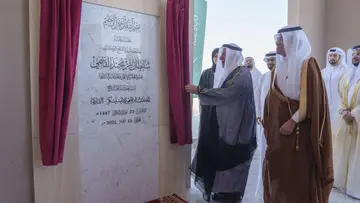

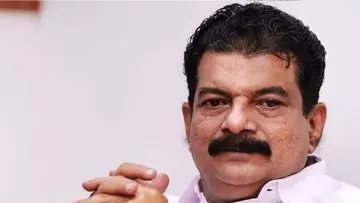
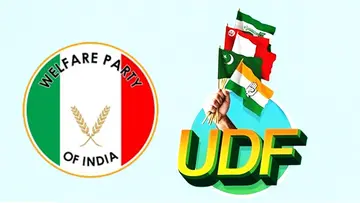
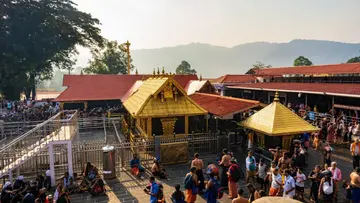
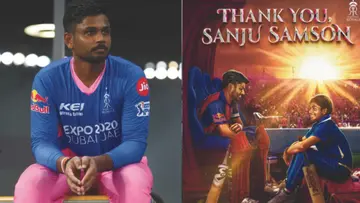

0 comments